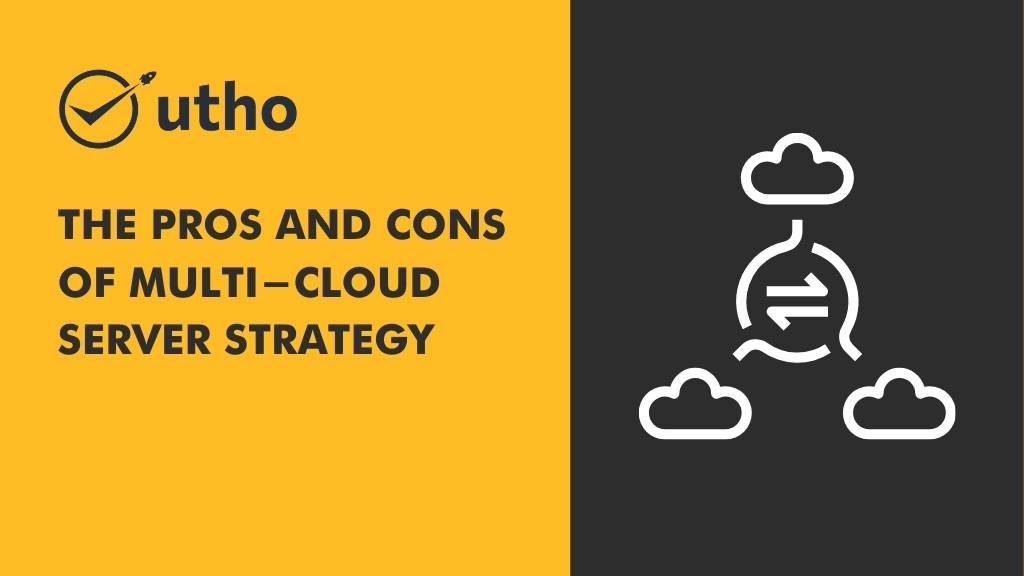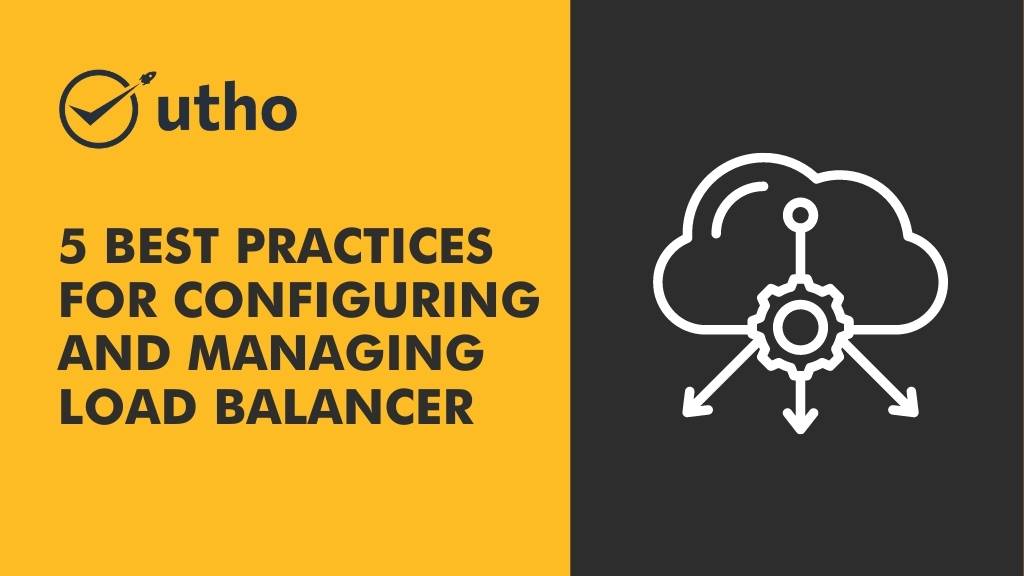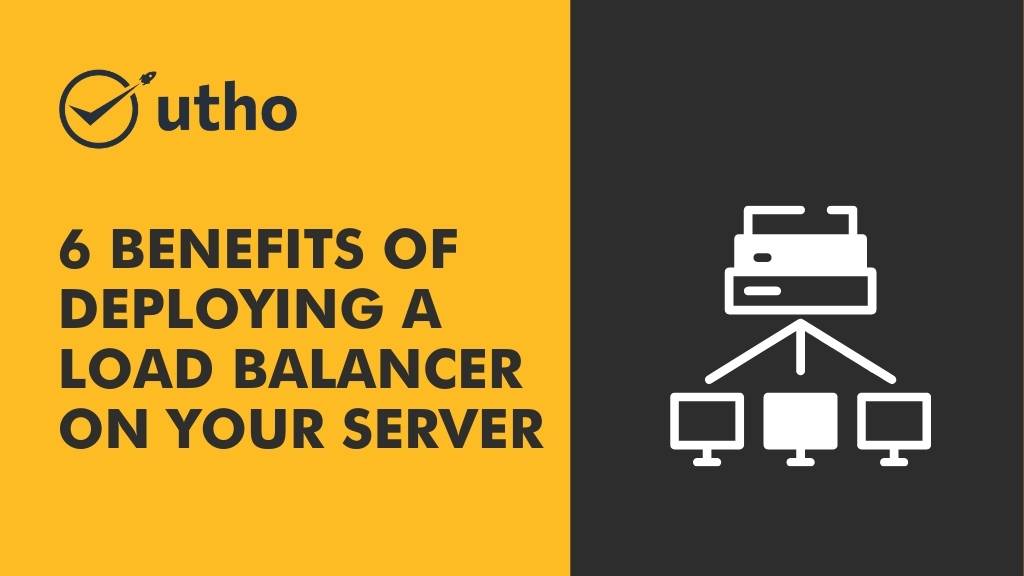The Pros and Cons of Multi-Cloud Server Strategies: Is it Worth the Complexity?
Multi-cloud computing is a popular approach to managing IT infrastructure where organizations use multiple cloud providers to host their applications, data, and services. While multi-cloud strategies offer many benefits, such as flexibility, reliability, and cost optimization, they also introduce complexities and challenges.
The Pros of Multi-Cloud Server strategy:
Cloud Provider Selection: With a multi-cloud approach, you can select the best cloud service providers that meet all your specific needs.
Cloud Redundancy: Multi-cloud strategies offer greater redundancy and uptime, as you can distribute your applications and data across multiple cloud providers.
Cloud Security: Multi-cloud approaches can improve your security posture, as you can implement different security controls and measures across different cloud providers.
Cloud Cost Optimization: Multi-cloud strategies can help you optimize your cloud costs by using the most cost-effective providers for your workloads.
The Cons of Multi-Cloud Server strategy:
Cloud Management Costs: Multi-cloud approaches increase management overhead and complexity, requiring specialized skills and expertise.
Cloud Integration: Multi-cloud strategies require effective integration between your different cloud providers, which can be challenging due to differences in APIs, data formats, and infrastructure.
Cloud Governance and Compliance: Multi-cloud strategies can create governance and compliance challenges, as you need to ensure that your data and services comply with different regulatory requirements and standards across different cloud providers.
Cloud Reliability: Multi-cloud approaches can introduce new points of failure and complexity, impacting the reliability of your services.
Is it Worth the Complexity?
Deciding whether a multi-cloud approach is worth the complexity depends on your organization's specific needs and goals. Before adopting a multi-cloud approach, consider the following factors:
Workload Requirements: Determine the specific requirements of your workloads, such as performance, scalability, and security. Evaluate whether a multi-cloud approach can help you meet these requirements more effectively than a single-cloud approach.
Provider Selection: Research and evaluate different cloud service providers based on your specific needs and goals.
Management and Integration: Determine whether your organization has the necessary skills, expertise, and tools to manage and integrate multiple cloud providers effectively.
Governance and Compliance: Evaluate whether a multi-cloud approach can help you meet your governance and compliance requirements more effectively than a single-cloud approach.
Risk Tolerance: Evaluate your organization's risk tolerance and determine whether a multi-cloud approach aligns with your risk management strategy.
Conclusion
Overall, a multi-cloud approach can be beneficial for organizations that require high flexibility, redundancy, and cost optimization, but it can also introduce additional complexity and costs. Before adopting a multi-cloud strategy, it's important to evaluate your organization's specific needs, goals, and capabilities, and carefully manage the complexities and challenges that come with it.
If you're looking for a cloud service provider that offers multi-cloud solutions, consider Microhost. They provide a range of cloud services and support multiple cloud providers, such as AWS, Azure, and Google Cloud. With Microhost, you can leverage the benefits of multi-cloud strategies while minimizing the complexities and risks. Visit their website at https://utho.com/ to learn more about their services and how they can help you achieve your cloud goals.




